COMMON QUERIES
Peripheral Vascular Disease – Frequently Asked Questions
Peripheral Vascular Disease (PVD) refers to narrowed or blocked blood vessels outside the heart and brain, usually affecting the legs and arms. It happens when arteries supplying these areas become narrow or clogged with fatty deposits (plaques), reducing blood flow.
The most common cause of PVD is atherosclerosis—a buildup of plaque in the arteries that restricts blood flow. Other contributing factors include:
✔ Diabetes – High blood sugar damages blood vessels.
✔ Smoking – A major risk factor that accelerates plaque buildup.
✔ High blood pressure (hypertension) – Puts extra strain on arteries.
✔ High cholesterol – Leads to fatty deposits in blood vessels.
✔ Obesity & sedentary lifestyle – Contribute to poor circulation.
Yes. If left untreated, PVD can lead to:
⚠ Claudication– leg pain or cramping that happens when walking (due to insufficient blood flow in the arteries). This usually improves with rest.
⚠ Rest Pain– a persistent pain in the legs or feet that occurs even at rest, due to severely reduced blood flow, often worsening at night or when the legs are elevated.
⚠ Critical limb ischemia (CLI)- Severe blockage of blood flow, leading to tissue damage, infections, or amputation. This, in turn, can lead to non-healing wounds and ulcers.
PVD is more common than you think—it affects approximately 5% of the population in Singapore, with a mean age of about 64 years. The risk is even higher for people with diabetes of a history of smoking.
You may be at higher risk if you:
🔹 Are over 50 years old
🔹 Have smoked (past or present)
🔹 Have diabetes
🔹 Have high cholesterol or high blood pressure
🔹 Have a family history of heart disease or stroke
PVD symptoms can range from mild to severe and may include:
✔ Leg pain or cramping (claudication) – Pain (typically in the calves) that during walking but improves with rest.
✔ Numbness or weakness in the legs – Due to poor circulation.
✔ Cold feet or legs
✔ Slow-healing wounds or ulcers – Especially on the feet or legs.
✔ Skin discoloration or shiny skin
Without treatment, PVD can progress to Critical Limb Ischemia (CLI), which can lead to:
- Severe pain in the legs even at rest
- Non-healing wounds or ulcers
- Tissue death (gangrene), potentially requiring amputation
To diagnose PVD, a vascular specialist may perform:
- Ankle-Brachial Index (ABI): Compares blood pressure in the ankle and arm to check for reduced blood flow.
- Duplex Ultrasound Scan: Assesses blood flow in the arteries and detects blockages.
- Angiography (CT/MRI): Provides detailed imaging of the blood vessels.
Treatment strategies focus on improving circulation and preventing complications. Options include:
🔹 Lifestyle Changes:
✔ Quit smoking – One of the best ways to slow disease progression.
✔ Regular exercise – Walking programs help improve circulation.
✔ Healthy diet & weight management – Reduces cholesterol and blood pressure.
🔹 Medications:
✔ Blood thinners – Reduce the risk of clots.
✔ Cholesterol-lowering drugs (statins) – Help slow plaque buildup.
✔ Medications to improve blood flow – Reduce leg pain from claudication.
🔹 Minimally Invasive (Endovascular) Procedures:
✔ Angioplasty & Stenting – A balloon is used to open the artery, and a stent helps to keep it open.
🔹 Surgical Options (for severe cases):
✔ Bypass Surgery – Creates a new route for blood to flow around blocked arteries. Rarely performed nowadays, but may be indicated if endovascular techniques are not suitable.
If you’re experiencing symptoms of PVD or want to explore treatment options, booking an appointment is easy:
📍 Visit: Novena Vascular & Varicose Vein Centre. 38 Irrawaddy Rd, #08-48, Singapore 329563
📞 Call or drop a message on WhatsApp: (+65) 9727-0788
📧 Email: contact@drdarryllim.com
🌐 Website: https://drdarryllim.com

Still Have Questions?
Didn’t find the answer you were looking for? We’re here to help.
Contact us to speak with our team, or book a consultation with Dr. Darryl Lim to get personalised advice on your vascular health.

